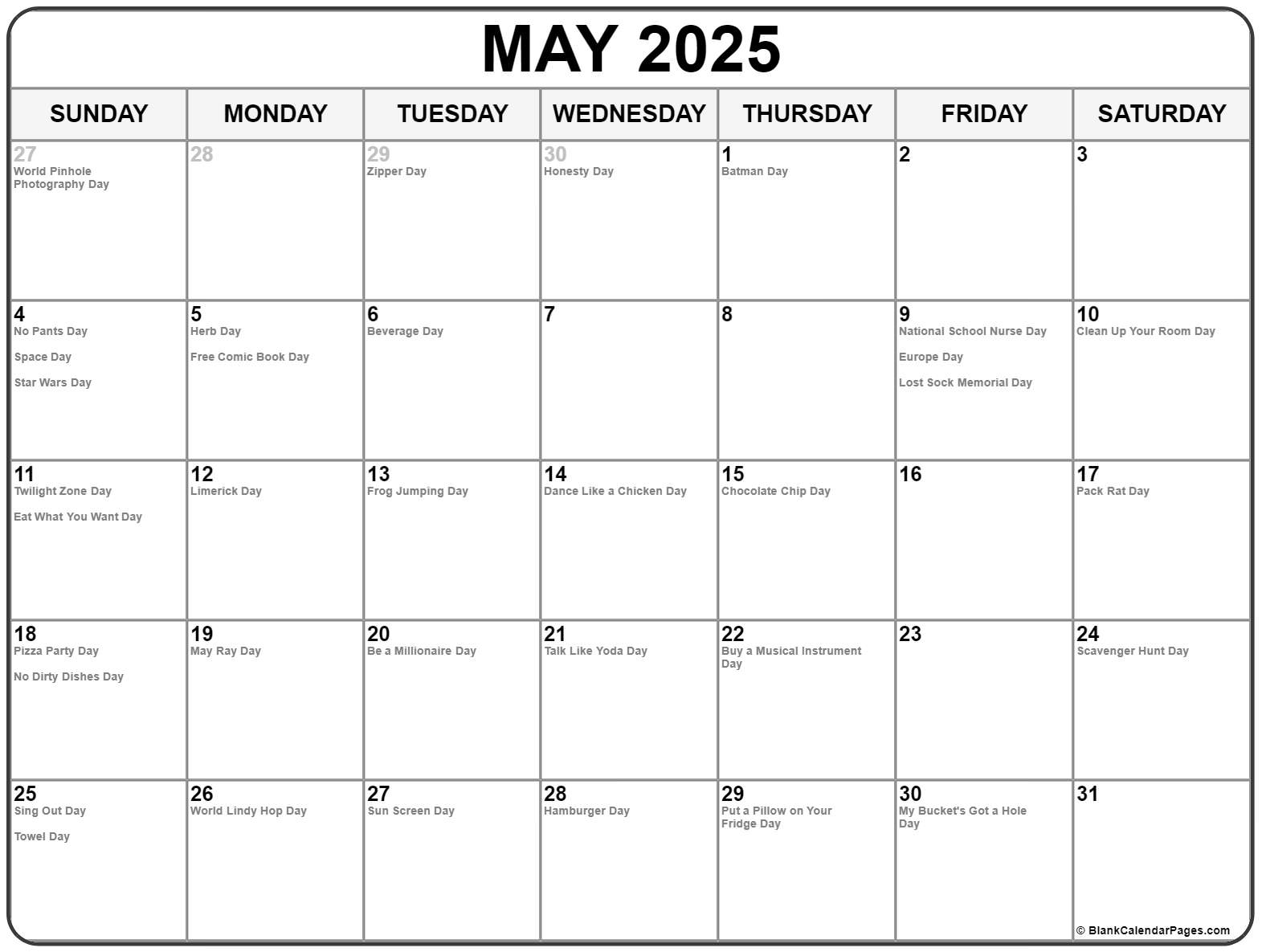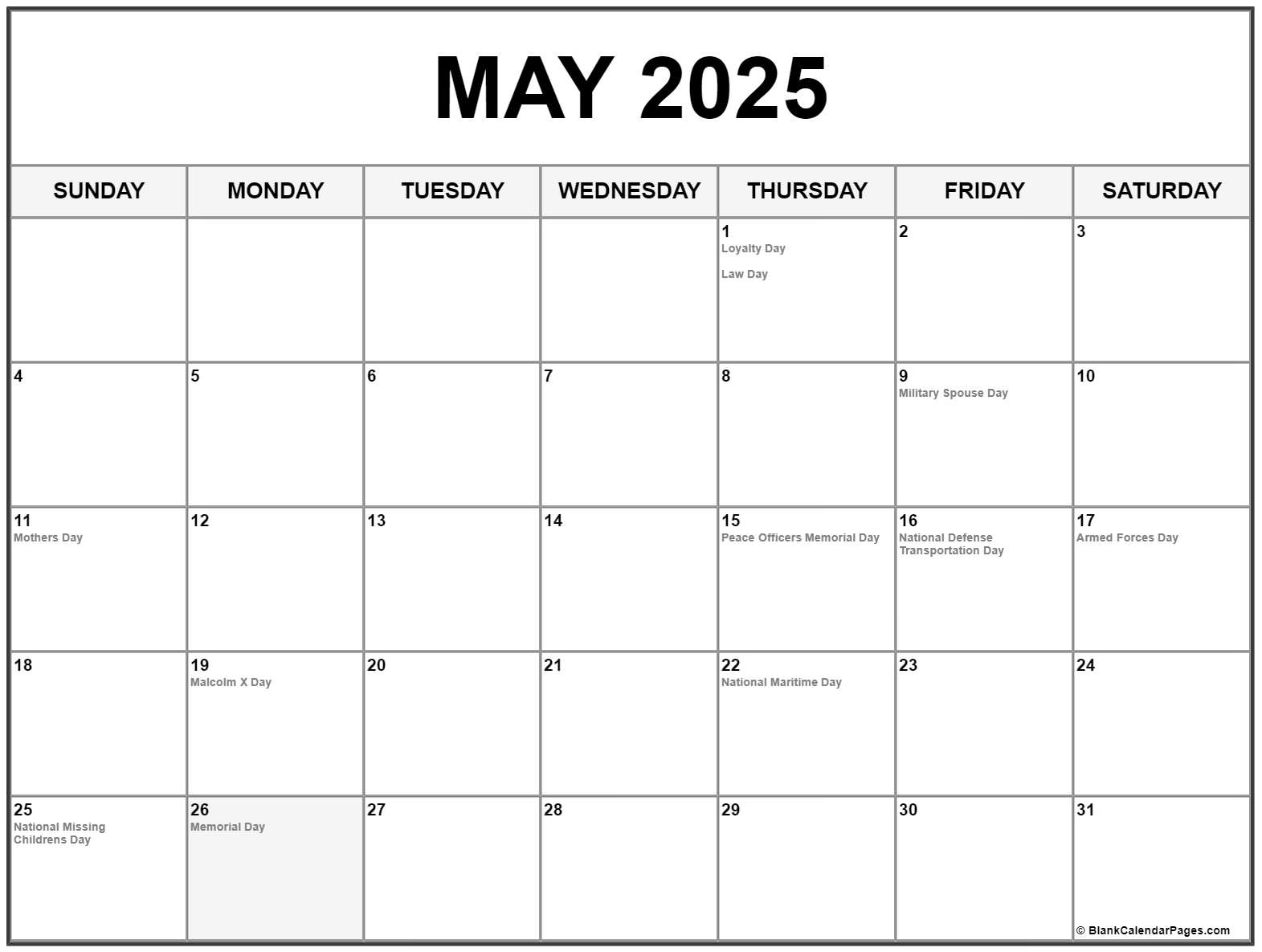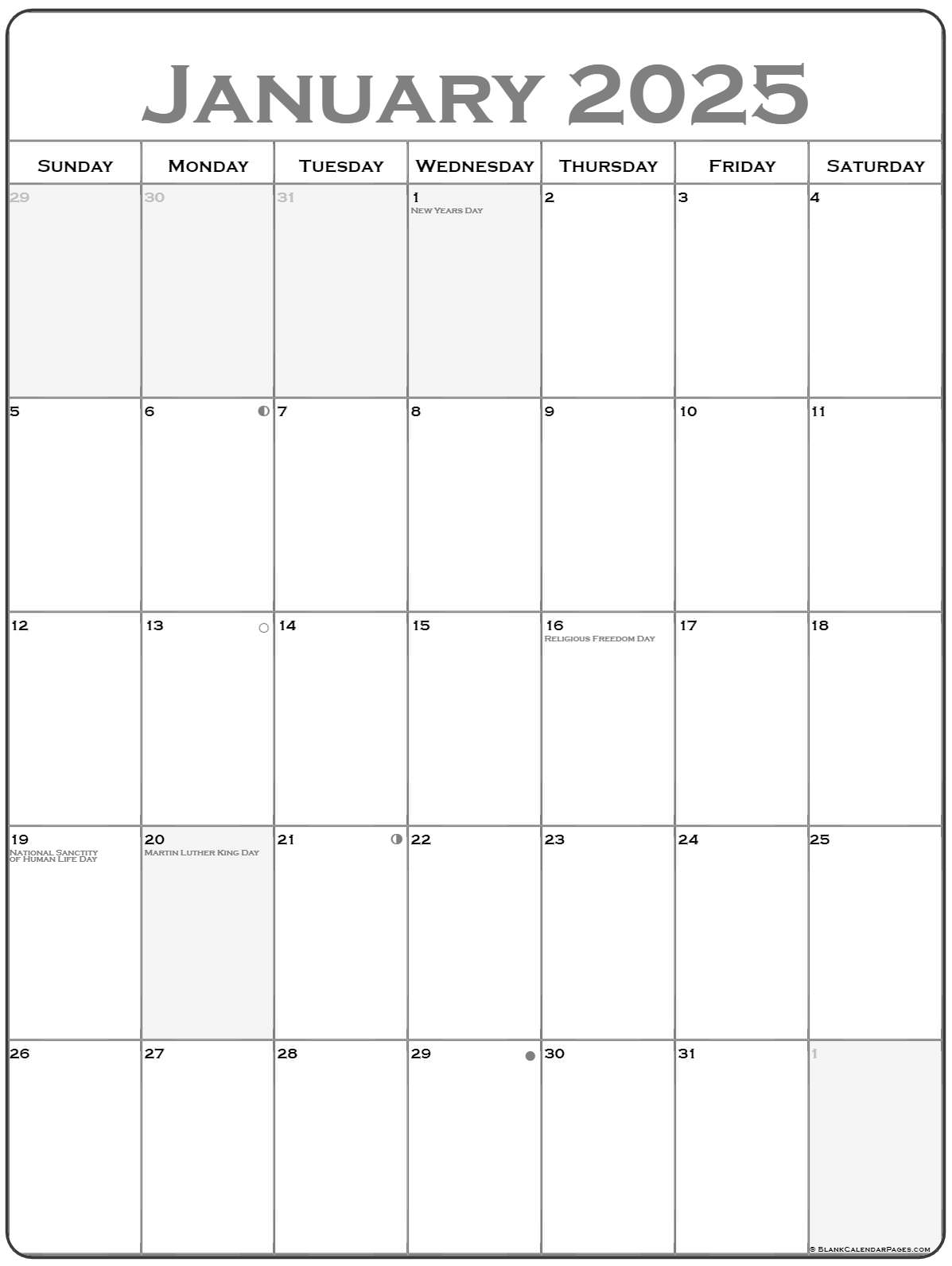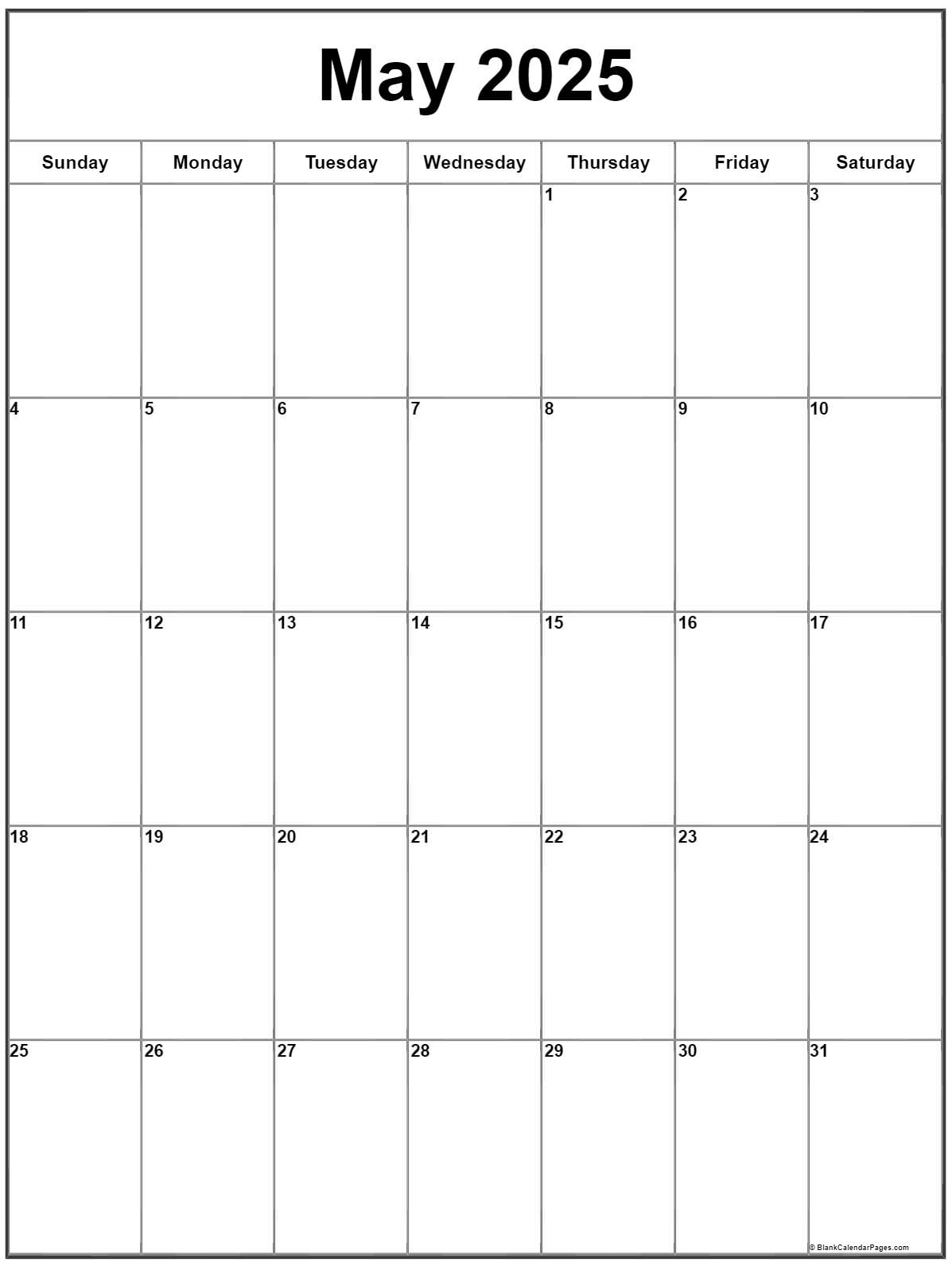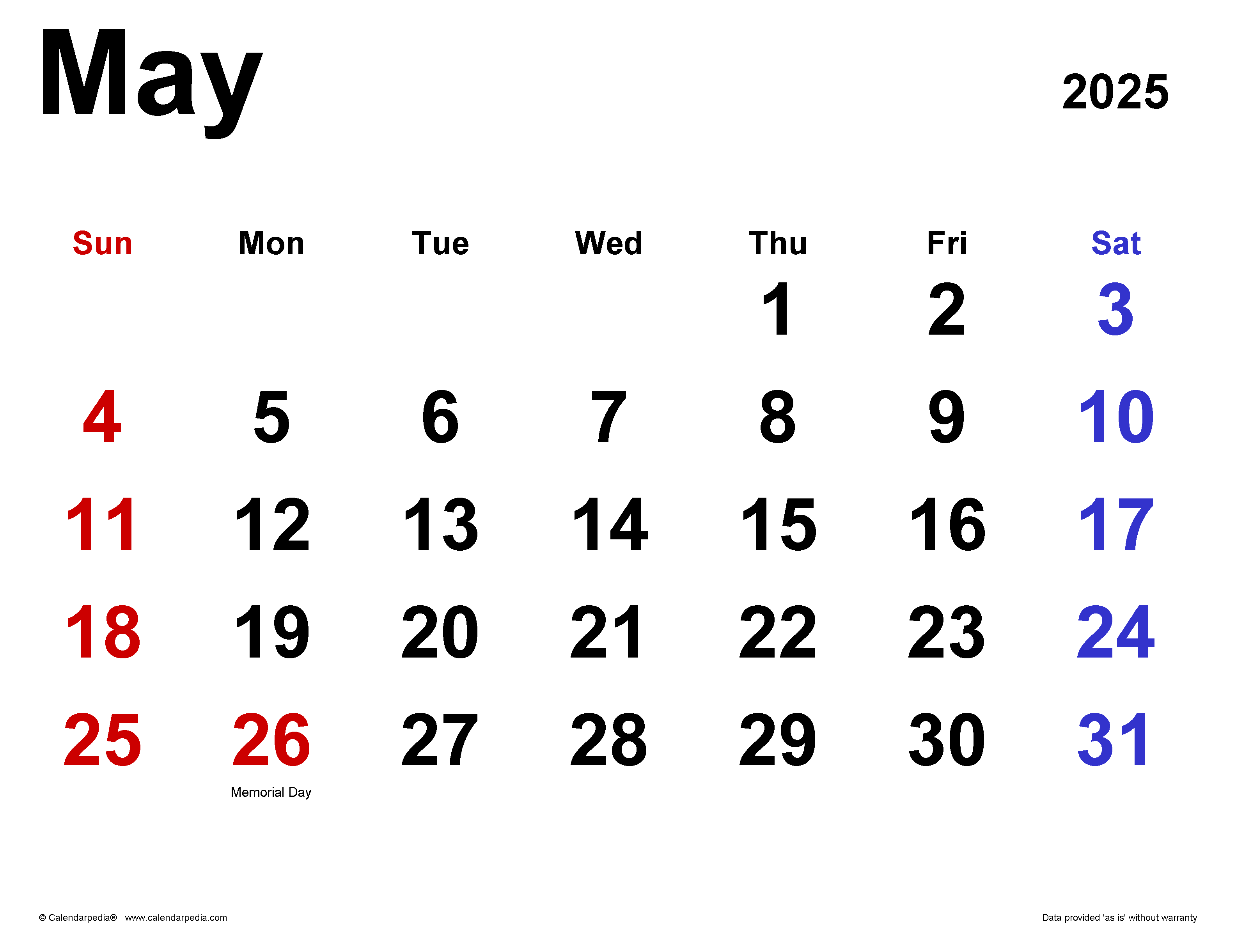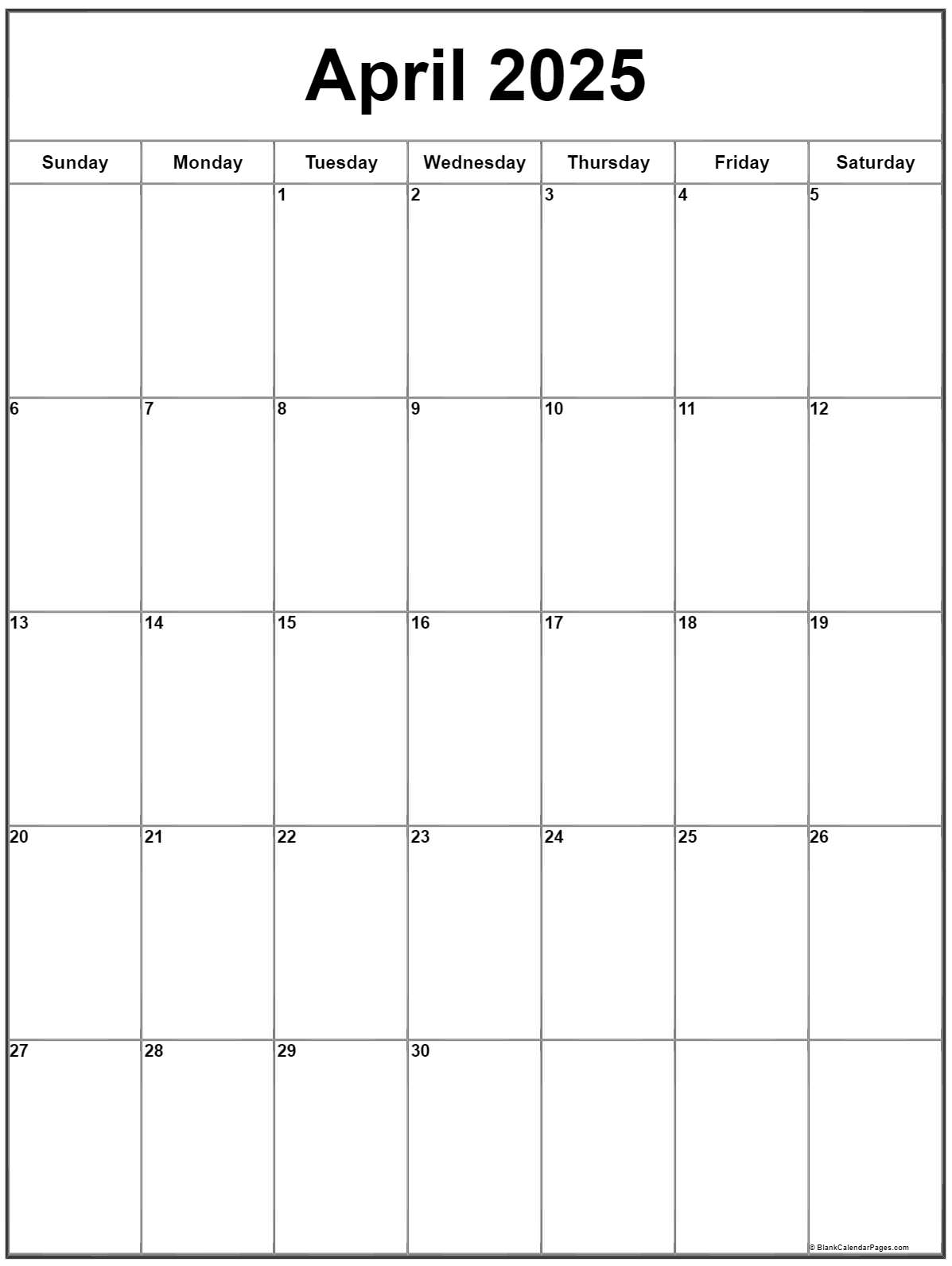Price May 2025 Calendar
Navigating the Price Maze: A Deep Dive into the May 2025 Calendar and its Economic Implications
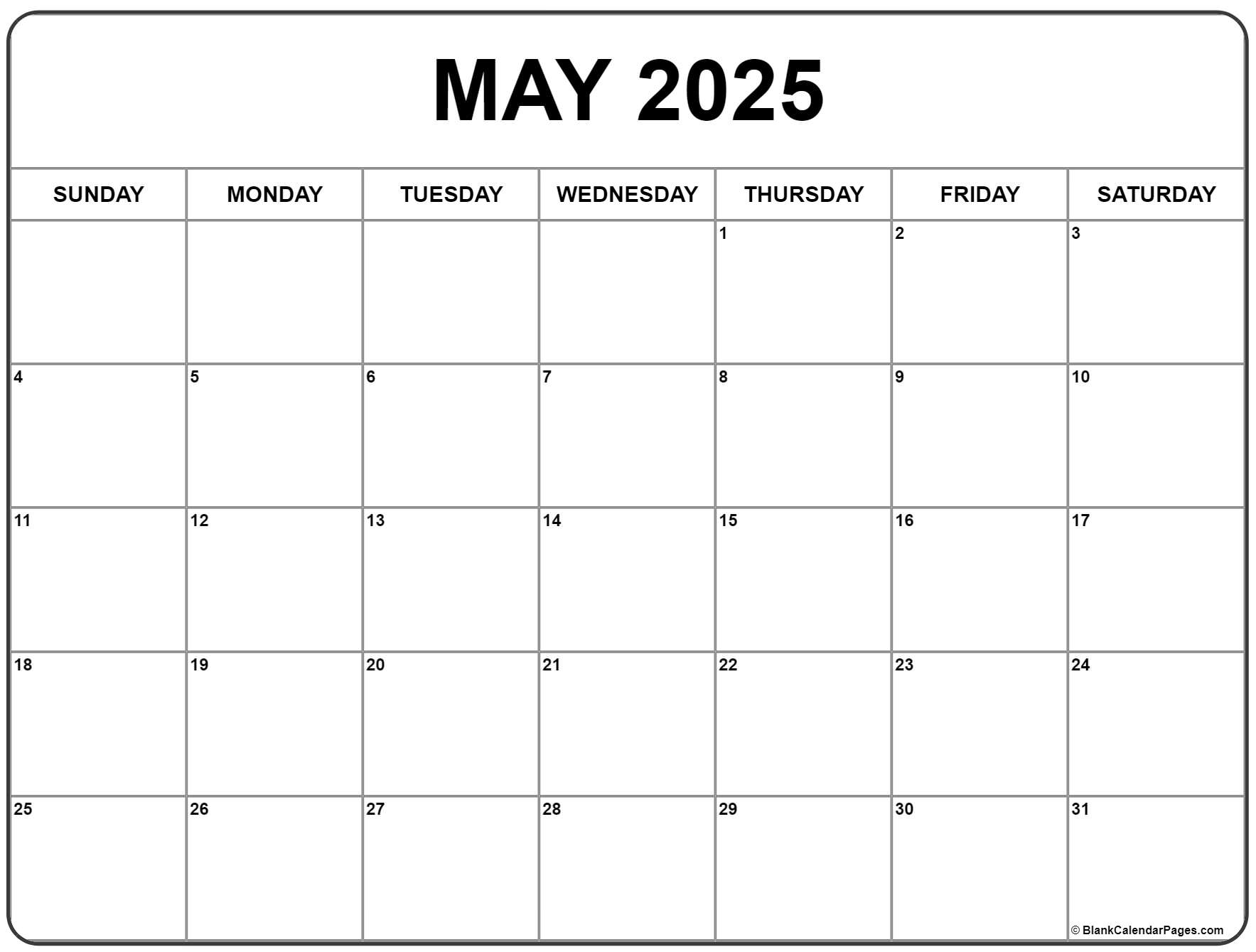
The year 2025 feels distant, but for businesses, economists, and even individual consumers, planning ahead is crucial. A seemingly simple tool like a May 2025 calendar becomes a surprisingly significant element in navigating the complex landscape of future pricing strategies, market trends, and economic forecasts. This article explores the multifaceted ways in which a May 2025 calendar can inform and influence various aspects of price determination, highlighting the interplay between temporal factors, market dynamics, and long-term planning.
The Temporal Factor: Planning for Seasonal Fluctuations and Anticipated Events
A May 2025 calendar provides a visual representation of the month’s structure, allowing for a detailed analysis of potential seasonal fluctuations impacting prices. Depending on the industry, May can present unique challenges and opportunities. For instance:
-
Tourism and Hospitality: May often marks the beginning of peak tourist season in many regions, leading to increased demand and potentially higher prices for accommodations, flights, and related services. A calendar allows businesses to anticipate this surge and adjust pricing strategies accordingly, potentially implementing dynamic pricing models that respond to real-time demand.
-
Agriculture and Food Production: The harvest season for certain crops may fall within May, influencing the availability and price of fresh produce. A calendar allows farmers and distributors to track the harvesting timeline and anticipate potential price fluctuations due to supply and demand imbalances.
-
Retail and E-commerce: May can see various promotional events, impacting pricing strategies. A calendar helps retailers plan sales, discounts, and marketing campaigns, anticipating competitor actions and maximizing profitability. Understanding the positioning of weekends and weekdays within May is crucial for optimizing sales and inventory management.
-
Energy Sector: Depending on the region, May’s weather patterns can affect energy consumption, influencing pricing for electricity and natural gas. A calendar helps energy companies anticipate these fluctuations and adjust production and pricing strategies to minimize losses and maximize efficiency.
Beyond seasonal trends, the May 2025 calendar allows businesses to plan around specific events. Major holidays, conferences, or festivals occurring in May can significantly impact demand and, consequently, prices. By identifying these events in advance, businesses can proactively adjust their pricing strategies to capitalize on increased demand or mitigate potential disruptions.
Market Dynamics: Predicting Trends and Responding to Competition
The May 2025 calendar isn’t just about internal planning; it’s also a tool for understanding and responding to broader market dynamics. By analyzing historical data and market trends, businesses can predict potential price shifts in May 2025.
-
Inflation and Economic Growth: The overall economic climate in early 2025 will significantly influence price setting. Anticipating inflation rates and economic growth projections is crucial. A calendar serves as a framework for tracking economic indicators and adjusting pricing strategies to account for inflationary pressures or potential economic slowdowns.
-
Supply Chain Disruptions: The ongoing impact of global supply chain disruptions needs to be considered. A calendar allows businesses to assess potential vulnerabilities in their supply chains and adjust pricing to reflect potential shortages or increased transportation costs. Long-term planning, aided by the calendar, helps mitigate the risks associated with supply chain instability.
-
Competitive Landscape: Analyzing competitor pricing strategies is essential. A calendar can help businesses track competitor promotions, sales, and price changes throughout May 2025, enabling them to develop competitive pricing strategies and maintain market share. Understanding the timing of competitor actions is crucial for successful market positioning.
-
Technological Advancements: Technological advancements can impact pricing in various industries. A calendar serves as a reminder to assess the impact of new technologies on production costs, efficiency, and potential price adjustments. For instance, the adoption of automation may lead to lower production costs and potentially lower prices.
Long-Term Planning and Strategic Pricing Decisions
The May 2025 calendar is a component of a larger strategic planning process. It allows businesses to integrate price considerations into their broader business plans. This includes:
-
Budgeting and Forecasting: A calendar facilitates accurate budgeting and forecasting by providing a framework for projecting revenue based on anticipated prices and sales volumes. This enables businesses to make informed decisions about resource allocation and investment.
-
Inventory Management: Understanding the anticipated demand in May 2025, as reflected in the calendar, allows for efficient inventory management. This minimizes storage costs, reduces waste, and ensures sufficient stock to meet demand without overstocking.
-
Marketing and Sales Strategies: The calendar helps align marketing and sales strategies with anticipated price changes and promotional activities. This ensures effective communication with customers and maximizes the impact of marketing campaigns.
-
Risk Management: By anticipating potential price fluctuations and market disruptions, businesses can implement effective risk management strategies to mitigate potential losses and protect profitability. A calendar helps identify potential vulnerabilities and develop contingency plans.
Conclusion: The Unsung Power of the Calendar
While a May 2025 calendar might seem like a simple tool, its implications for pricing strategies are far-reaching. It serves as a crucial planning instrument, enabling businesses to anticipate seasonal fluctuations, respond to market dynamics, and make informed long-term strategic decisions. By integrating the calendar into their planning processes, businesses can optimize their pricing strategies, enhance profitability, and navigate the complexities of the ever-evolving economic landscape. The seemingly mundane task of marking dates on a calendar, therefore, becomes a vital step in achieving long-term business success. Ignoring the insights offered by a simple calendar could mean missing crucial opportunities and facing unforeseen challenges in the dynamic world of pricing.
